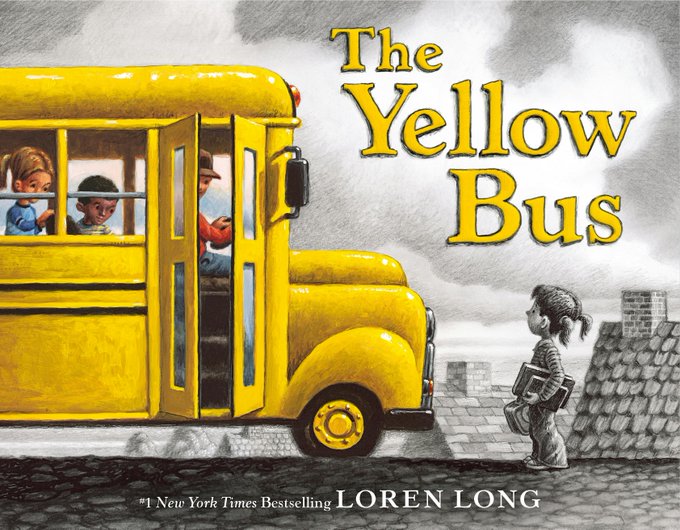https://www.autoevolution.com/news/he-got-married-in-1997-and-forgot-all-about-his-heirloom-1967-belvedere-gtx-until-now-239448.html#
Saturday, September 07, 2024
Mike Graham got a 67 GTX when he turned 16 (in 1985) as a birthday present from his uncle... with 2 five-gal buckets of bolts to put it back together with, and no idea where everything went.’
https://www.autoevolution.com/news/he-got-married-in-1997-and-forgot-all-about-his-heirloom-1967-belvedere-gtx-until-now-239448.html#
Caterham and the Royal Air Force (RAF) have joined forces to create a unique car built from components of a decommissioned Puma HC2 helicopter.
This special edition one-off Caterham Seven 360R aims to raise over $100,000 for injured service men and women through an online auction on Collecting Cars.
This special build incorporates the helicopter’s aluminum skin, interior quilted soundproofing and military-grade switchgear. A standout feature is the authentic three-stage ignition sequence, mimicking the helicopter’s start-up process.
An ‘easter egg’ can be found under the bonnet, where an ammunition box now contains the car’s battery.
Bob Laishley, CEO of Caterham, expressed enthusiasm for the project, highlighting its unique nature and the importance of the causes it supports.
Cpl McCreadie and Sqn Ldr Morley from RAF Benson, who contributed to the car’s assembly, emphasized the project’s role in promoting STEM within the RAF and showcasing engineering skills.
The winning bidder of this auction will have the opportunity to attend a formal handover of the vehicle at Thruxton Circuit on 10 October 2024. This would take place as part of a special 'takeover' event hosted by Mission Motorsport, which is a multi-disciplinary day for beneficiaries, press and sponsors. It will also be a chance to meet members of the project team and beneficiary organisations, including those from Caterham, the RAF Benson build team, and The RAF Benevolent Fund. The buyer of the RAF Caterham 360R would of course also have the opportunity to drive the car on track there, should they wish.
The car will debut at the Formula 1 British Grand Prix and be displayed at various events over the summer, with bidding set to run from August 15 to September 12.
I didn't know Goodyear built airplanes, like this Super Corsair. It makes sense, as Goodyear built the Navy's dirigibles, the Goodyear Ducks, and the inflato-plane
1966 Ford Thunderbird Town Landau that Carroll Shelby gave to the father of the company’s accountant, ordered by Shelby American with the full options package and modified with Shelby-Cragar wheels, to sell in some special promotion (nothing but rims upgraded from a factory car anyone could order)
news flash, Interstate 75 south of Lexington Kentucky was closed for roughly three hours from exit 41 to exit 59, both northbound and southbound lanes, today because someone was using drivers for target practice, injuring 5
full race '78 Mini 1000 (Mk IV) is up for sale at about 20k
Friday, September 06, 2024
The inspiration for a new children's book that hit number one on the New York Times Best Seller's list came from a rusty bus in a goat pen along a bike trail
the man who brought humor and humanity to car repair manuals, Peter Aschwanden, illustrator of “How to Keep Your Volkswagen Alive” (thank you Larry!)
1922 unusual advertising gadget, a Klitter Klatter, with Willys Overland. Of all the advertising I've ever seen, this is a first
Thursday, September 05, 2024
what the hell was Goodyear French Talc? And why was it made in India?!?!
it's been 2 years since I first came across the cool advertising art on the Kleen / Whiz products, and here's a couple new to me
I wondered why this building in Rohr Park, on Sweetwater Rd has a vintage airplane painted on it, there used to be a company called Rohr aircraft, and this was the Rohr Employees Recreational Club.
Rohr and two former engineers from Ryan Aircraft started the company out his garage. Their first contract was with Consolidated Aircraft Corporation building Sperry bombsights, and then one for building cowlings for Lockheed. This new business soon had to get new factory space - a 37,500 square foot building.
The Market Street project, a Federal housing project, opened in 1942 to house 500 families, workers at Solar and Rohr. The one story homes were demountable, and made of a pre-fabricated plywood type of material.
By the 1950's employment at Rohr had grown faster than recreation in the Chula Vista area so the Company purchased 23 acres of land in Bonita Valley and then leased it to the Rohr Employees Recreational Club.
Fred Rohr helped revolutionize the aerospace industry in the 1930s, when he developed the first drop hammer for shaping sheets of aluminum. The drop hammer would dramatically speed up the aircraft manufacturing process, which would be vital when the United States entered World War II.
Fred Rohr founded his company on the idea that the aircraft industry would benefit from a “feeder plant” that supplied parts and assemblies to aircraft manufacturers. He believed, and later proved, that his company could make specialized components at a lower cost than the prime contractor could produce them. Rohr’s gamble would pay off, and during World War II, his company became the world's largest producer of airplane propulsion packages, making units for such aircraft as the Consolidated B-24.

















































